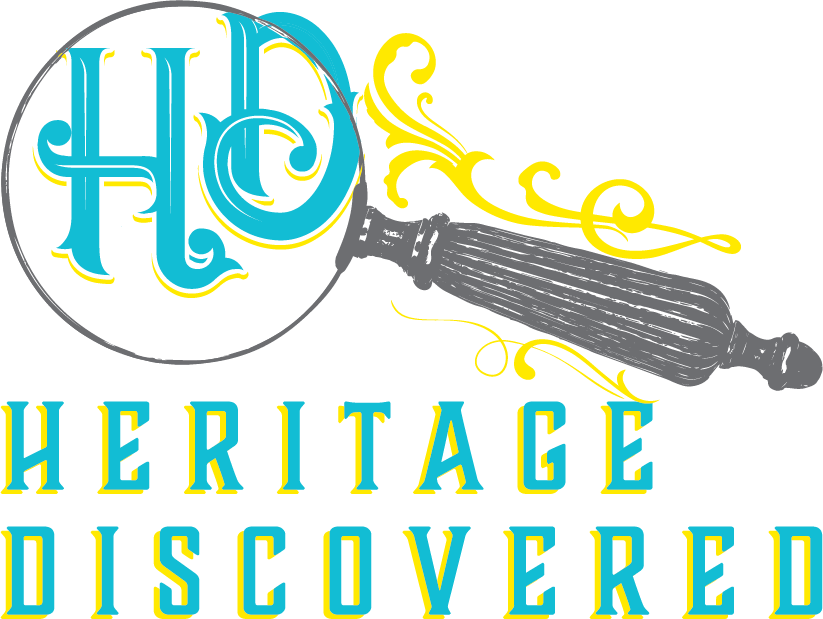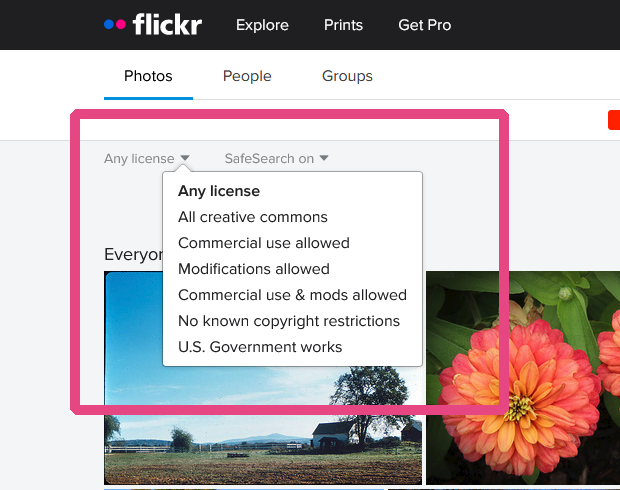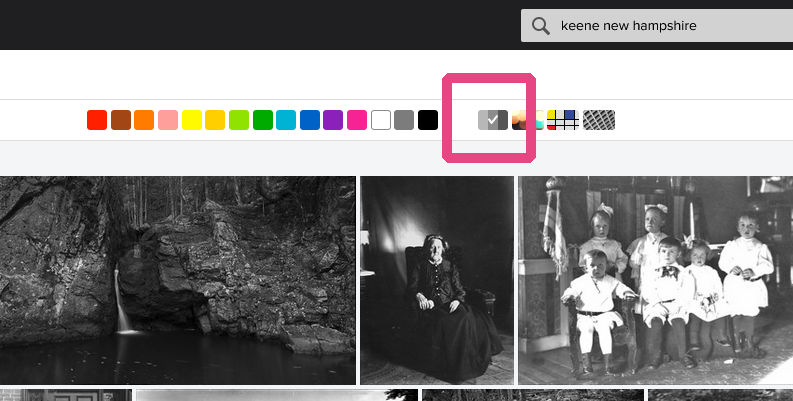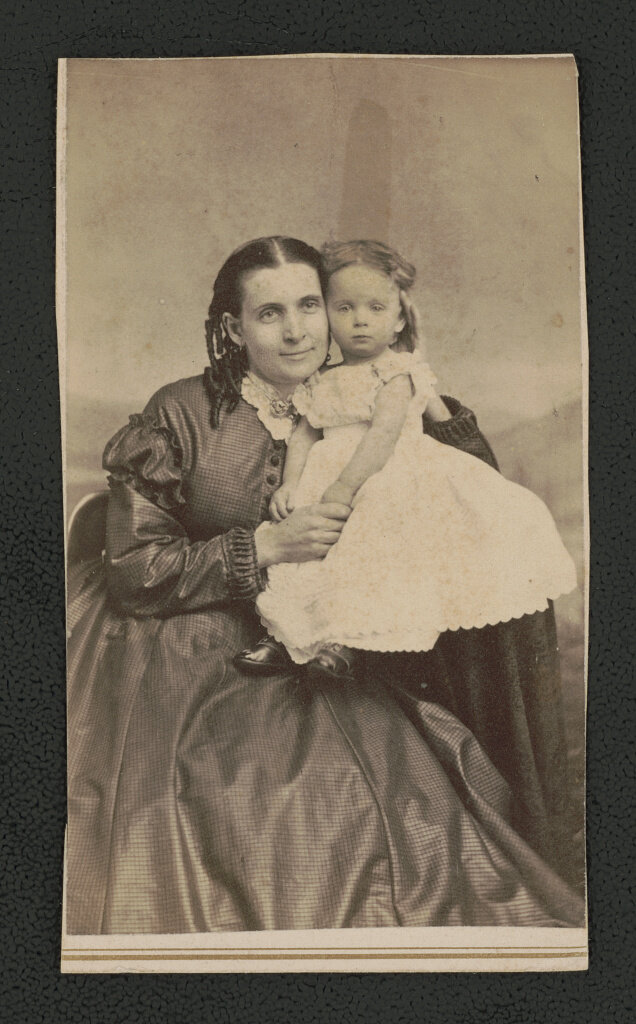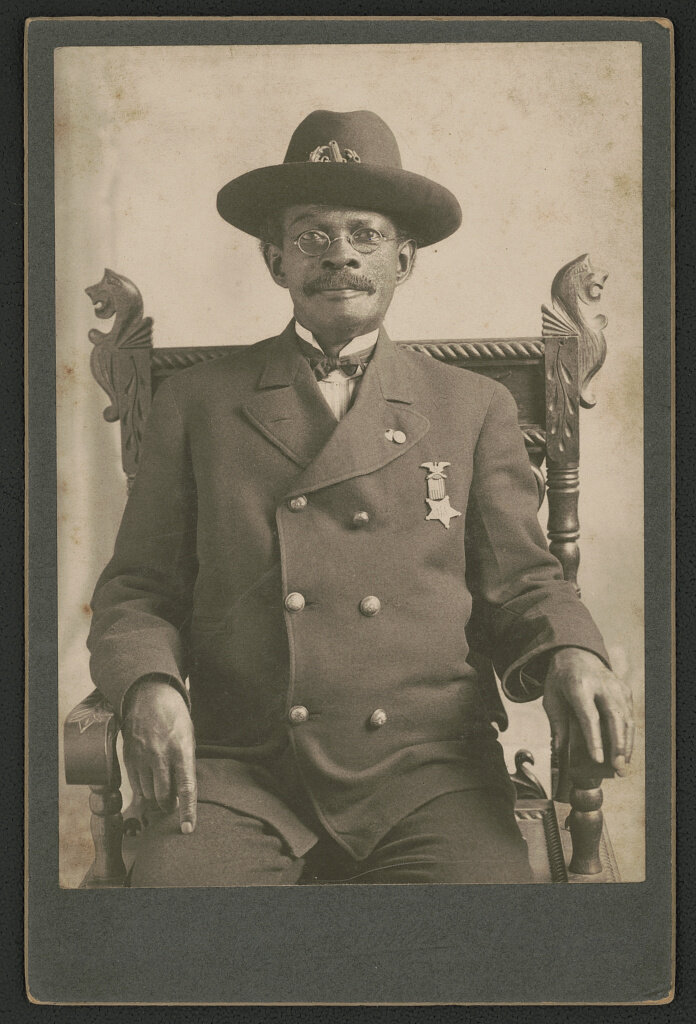4 Fun And Easy Ways To Use Flickr For Genealogy
*This post may have affiliate links, which means I may receive commissions if you choose to purchase through links I provide (at no extra cost to you). All opinions remain my own.
It’s not as obvious as some other sites, but Flickr is a great tool for your genealogy.
If you’re not familiar with it, Flickr is a website for photo hosting and sharing.
It’s free to sign up and easy to upload and organize your photos from your computer or a phone. There is also a Pro subscription, which is more for professional photographers.
There are a few easy and fun ways to use Flickr for your family history research.
1) Historical context. Two ways I find photos of what places looked like when my family was living there is through vintage postcards from eBay and historical photos on Flickr.
Historical images give you some context into what a place looked like when your ancestor was living somewhere.
Look for schools and churches they attended, stores they may have shopped at, or events like parades and festivals.
One way to find images is through a person or organization’s photostream. A photostream is simply all of the pictures an account has uploaded.
You can search for an institution, like the Library of Congress, and click on People at the top to find their profile.
From there, you can look through albums based on specific topics or browse through the stream.
A few great libraries and archives on Flickr, besides the Library of Congress are:
And don’t forget to look for smaller, local institutions like public libraries. The Stark Library in Canton, Ohio is one example. They have lots of historic images of buildings and a couple of family bibles.
If you want to see everything available, you can also search by keyword and browse through the results, which will be a mix of different accounts.
If you’re looking for images to use in scrapbooking, a family history, or anything else involving using the photo, you can use Flickr’s Creative Commons feature. Creative Commons is a nonprofit that standardizes granting copyright permissions for creative and academic projects so people can use others' works.
In other words, images marked with certain Creative Commons licenses let you download and use photos for personal or commercial use. It also marks images in the public domain.
Because there are billions of photos on Flickr, here are a few search tips:
For Creative Commons images: Depending on what you want to use the image for, you can limit the search to commercial use allowed, no known copyright restrictions, or other license.
Try searching for a surname along with a place.
Search for keywords like a specific institution (Catholic church, Holy Trinity Church, Greenfield High School, etc.) in a locality.
Use the color filters option to search for black and white photos, if that’s what you’re looking for. Some will still be modern images, but this narrows down the search results a lot.
Try using the word “vintage” along with other keywords.
Search only within a photostream. Have you found a photostream you like? You can search just that, rather than all of Flickr. Click the magnifying glass that’s in the profile, not the one at the top of the page to limit searching to a specific stream.
2) Share your family photos. You can use Flickr to host your photos and put them into albums so you can share them.
This is also an option for backing up your photos. But be sure to also have the images stored to your own computer and/or another backup. Don’t use Flickr alone to store your photos.
Don’t want to share family photos in a public space? Not to worry. Flickr has options for this.
The privacy settings let you restrict images to yourself, with people you’ve marked as friends and family, or to let them be public.
If you leave your photos public, they can be indexed on search engines like Google.
[Otelia Butler Mahone with child, probably daughter, Otelia] (LOC), 1871. Via Library of Congress Flickr.
3) Genealogy-themed groups. There are family history and genealogy-themed groups where you can share your photos or browse through other people’s images. These can be fun to look through. People share family photos, scans of letters and other documents and ephemera.
There are also groups for specific places and people, like Civil War veteran graves. Check the group descriptions and rules to see what the group is about and what's allowed.
To search for groups, use the search box and click on groups on the menu at the top of the page.
You may even find old photos for your own family!
4) Get help with identifying unknown ancestors on unlabeled photos.
Flickr is a great place to make an album of your unidentified family photos to share with others.
First, create an album only for unidentified images.
Lisa Lisson suggests adding any known information to the picture and the album, like surnames and/or the place to help people find your photos.
You can share links to the album in Facebook groups for the areas your family lived to see if anyone can identify the pics. You can also share the album by email to other family members or your social media accounts.
If you can narrow down dates, it could help you figure out who might be in the picture. If you need some help with dating old photos this book, this guide, and this guide are good options.
Related posts you may enjoy
How To Use The Online Archive Of California For Genealogy
How to Use Libraries And Archives In Your Research
Why Local History Books Are Important For Your Genealogy
[Civil War veteran John W. Pollard, who served under the name of Private Jackson Ridgway in the 83rd U.S. Colored Troops, in Grand Army of the Republic uniform with medal] (LOC), 1906. Via the Library of Congress Flickr.
Final thoughts
Flickr has some great uses for genealogy. How have you used Flickr in your research?
